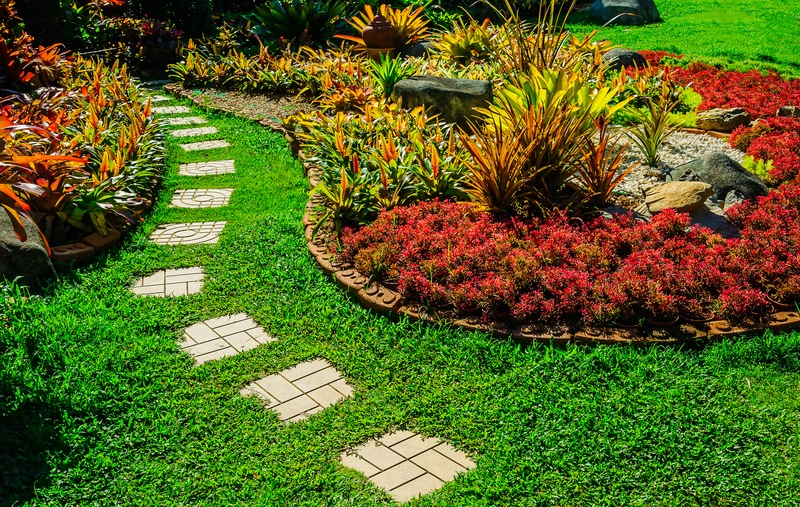Introduction (70 words): Landscaping is an exquisite art that goes beyond mere gardening. It is the harmonious fusion of nature and design, transforming outdoor spaces into stunning masterpieces. From sprawling gardens to small urban sanctuaries, landscaping offers a myriad of possibilities to create personalized oases that reflect individuality and enhance the beauty of the surroundings. In this article, we delve into the world of landscaping and explore its various elements, techniques, and benefits that make it a unique and captivating endeavor.
- The Essence of Landscaping (90 words): Landscaping is a multidimensional discipline that encompasses several components, including horticulture, design, architecture, and environmental science. It revolves around the manipulation and arrangement of natural elements such as plants, flowers, trees, rocks, water bodies, and architectural structures to create aesthetically pleasing and functional outdoor spaces. Landscaping is not confined to large estates or gardens; it can be implemented in any outdoor setting, from small courtyards to expansive parks, making it accessible to people with varying budgets and preferences.

- Elements of a Captivating Landscape (110 words): A successful landscape design relies on the skillful integration of various elements. The selection and arrangement of plants play a pivotal role in creating visual interest and defining the atmosphere of a space. Colors, textures, heights, and bloom seasons are carefully considered to ensure a harmonious and balanced composition. The use of hardscape elements such as paths, patios, walls, and water features adds structure, functionality, and enhances the overall appeal. Additionally, incorporating lighting, art installations, and sustainable practices like rainwater harvesting and native plantings can elevate a landscape’s uniqueness, sustainability, and ecological value.
- Techniques and Approaches (120 words): Landscaping encompasses a wide range of techniques and approaches, each catering to specific needs and preferences. Traditional landscaping adheres to classical principles of symmetry, balance, and formal designs, while contemporary styles embrace asymmetry, minimalism, and naturalistic arrangements. Other approaches include xeriscaping, which promotes water conservation through drought-tolerant plants and efficient irrigation systems, and permaculture, which focuses on sustainable food production and ecosystem regeneration. Additionally, the concept of landscape architecture incorporates the design and planning of outdoor spaces for public use, blending functionality and aesthetics to create engaging environments.
- Benefits of Landscaping (100 words): The advantages of landscaping extend far beyond aesthetics. A thoughtfully designed landscape enhances property value, improves curb appeal, and creates a welcoming atmosphere for residents and visitors alike. It promotes physical and mental well-being by providing spaces for relaxation, recreation, and connecting with nature. Landscaping also contributes to environmental sustainability by reducing soil erosion, improving air quality, and providing habitats for wildlife. Moreover, green spaces in urban areas can help mitigate the heat island effect, regulate temperature, and reduce energy consumption.
Conclusion (90 words): Landscaping is an art form that allows individuals to unleash their creativity while harmonizing with the beauty of nature. From intricate gardens to modern outdoor spaces, the possibilities are endless. By blending natural elements, design principles, and sustainable practices, landscaping creates breathtaking environments that captivate the senses and enrich lives. Whether it’s a small backyard or a vast park, landscaping offers a transformative experience that rejuvenates spaces and fosters a deeper connection with the outdoors. Embrace the art of landscaping, and let your outdoor space become a masterpiece of your own creation.

